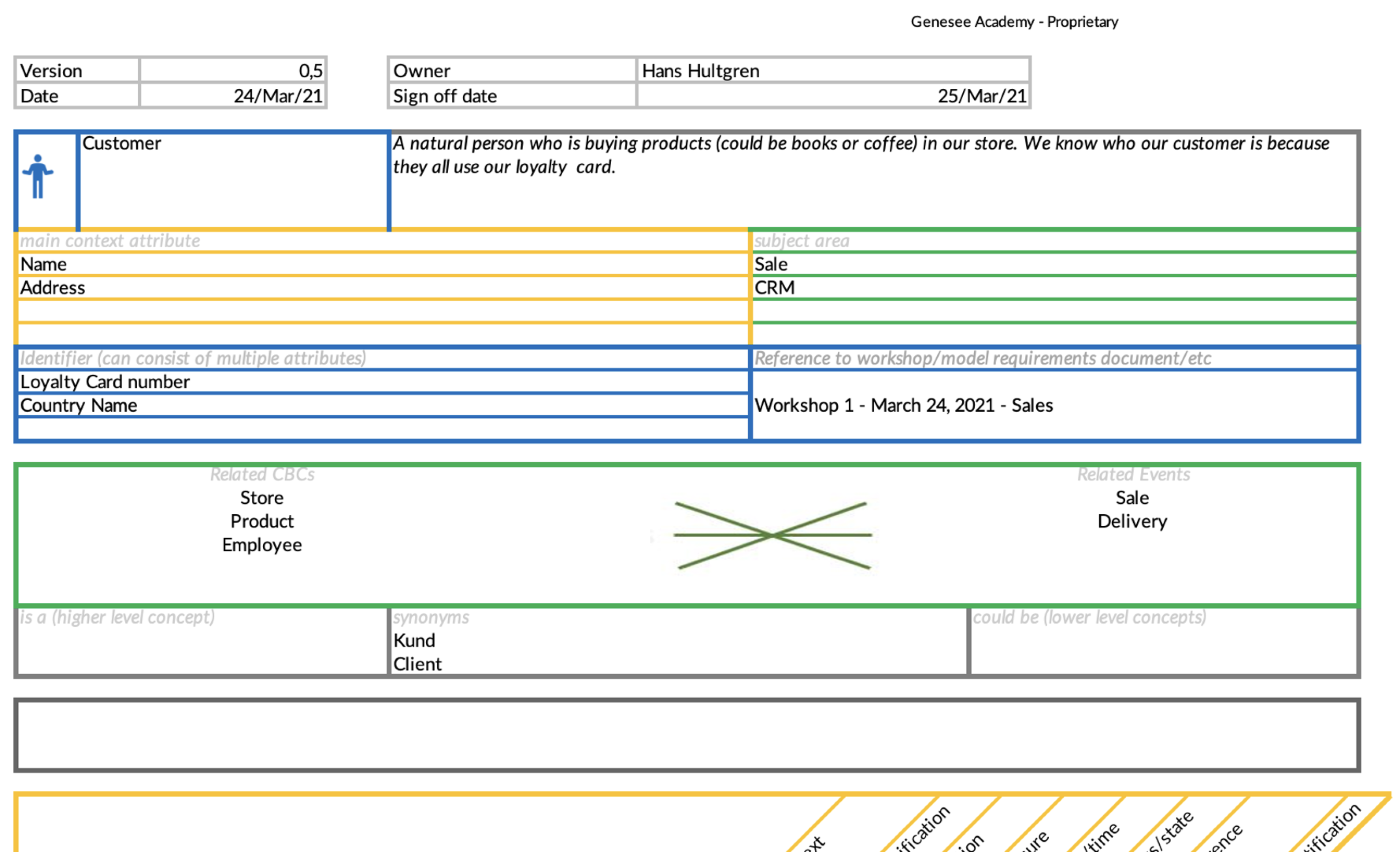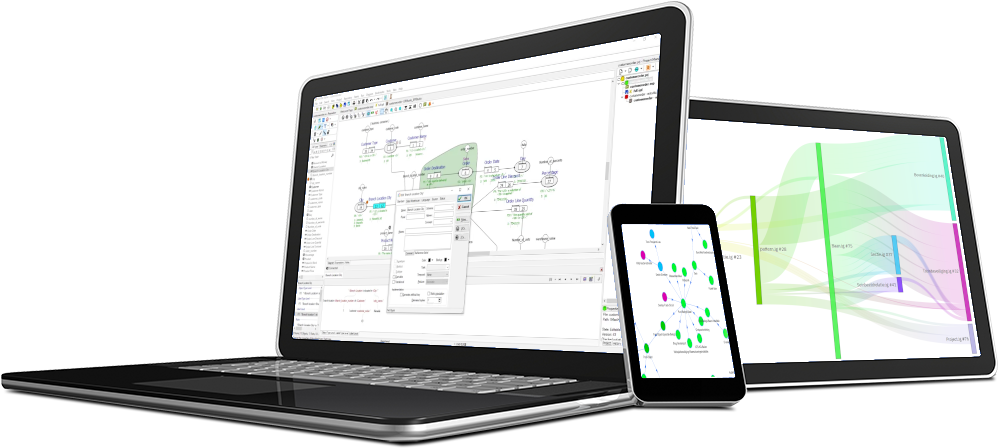With CaseTalk's support for Data Vault, the need for a top-down approach with concepts became more prominent. CaseTalk already allowed the creation of concepts and containers for high level architecture diagrams, but now added support for the top-down approach as taught by Genesee Academy.
They are doing great work in providing training for businesses where Data Vault is desired and engagement with the business is needed. In their training they've developed artifacts to be used workshops and whiteboard sessions to document the core business concepts, their attributes, relations and types. More on how to receive training or download templates, visit ELMStandards.com.
CBC Form
The Core Business Concepts are pages per concept and document it as much as possible.
Merge into CaseTalk
Merging the CBC List and Forms stored in common spreadsheet into CaseTalk allows the concepts to be listed and dragged into a diagram for visualization. The color coding is created on the fly to indicate by which CBC Form the concepts originated.
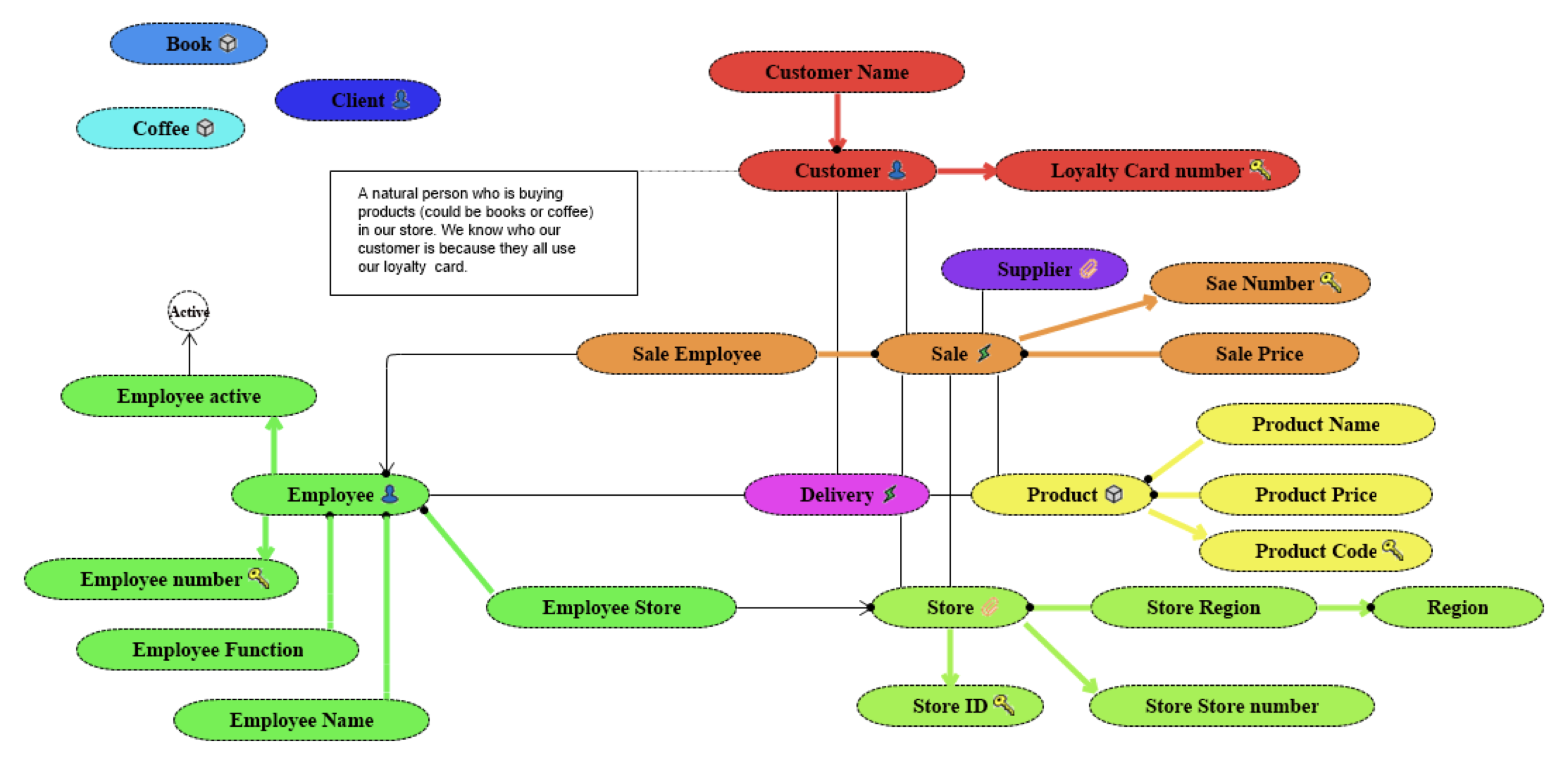
And as much details as possible are merged into the repository of CaseTalk as can be seen by the details dialog.
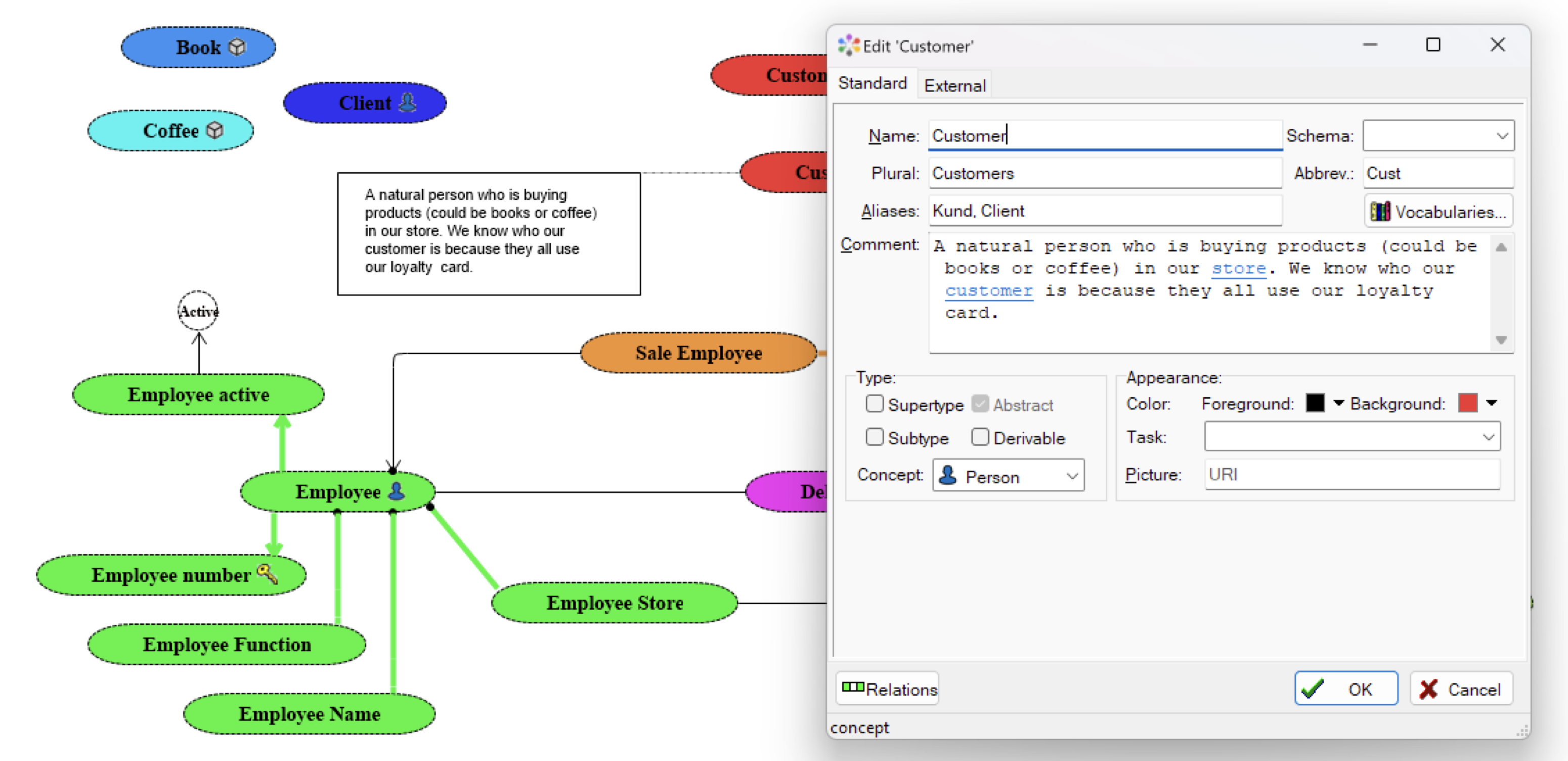
Adding facts
And with the Fact Oriented Modeling approach these concepts can be promoted into solid fact types. Once that is accomplished, CaseTalk can instantly generate ERDs, Color the Data Vault Hubs, Links and Sattelites for you.
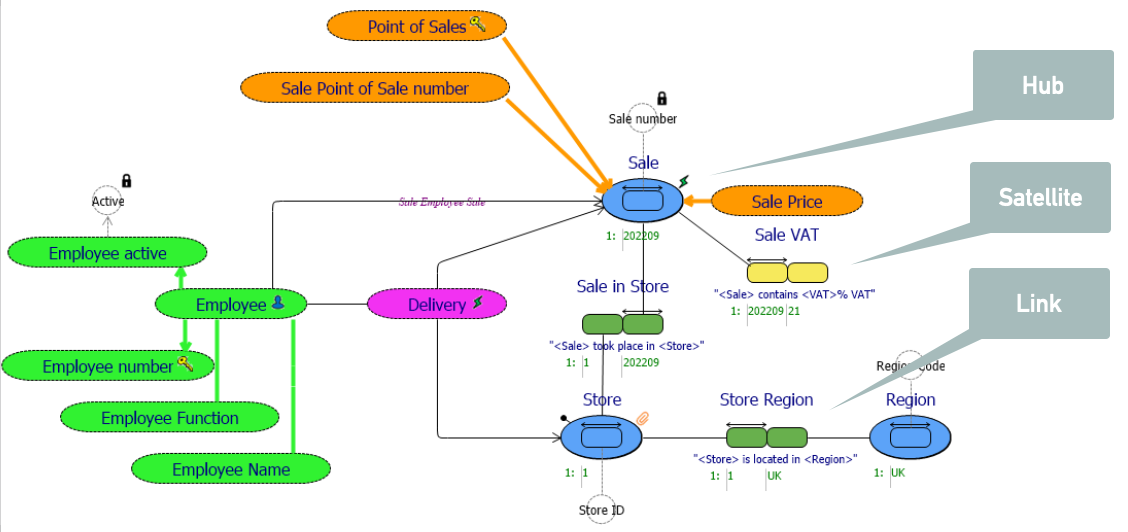
Conclusion
In the combination of bottom-up and top-down approaches of business information modeling, the benefits are numerous. High speed is combined with high quality, and CaseTalk will add the benefit of being able to generate databases or Data Vault solutions effortlessly.
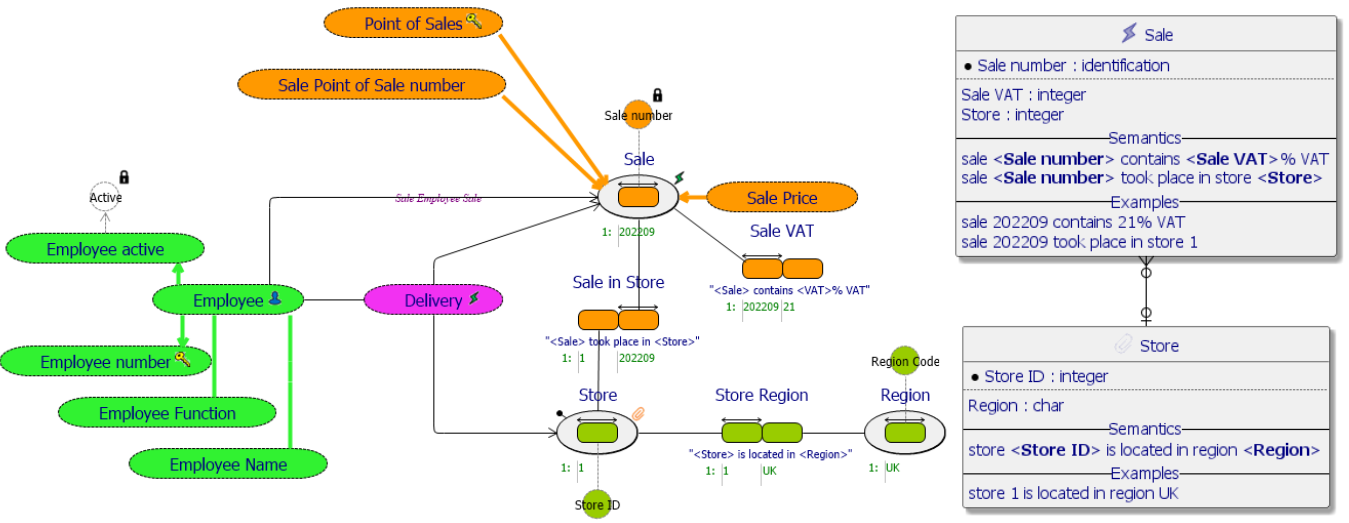
Information architects and modelers no longer have to choose either one, and worry how to get from one to the other. CaseTalk 12.7 adds the much needed functionality to close the gap even further between business and IT by leveraging both worlds.
Full Example
A full example project and diagram outputs may be found in our public GitHub Repository.
